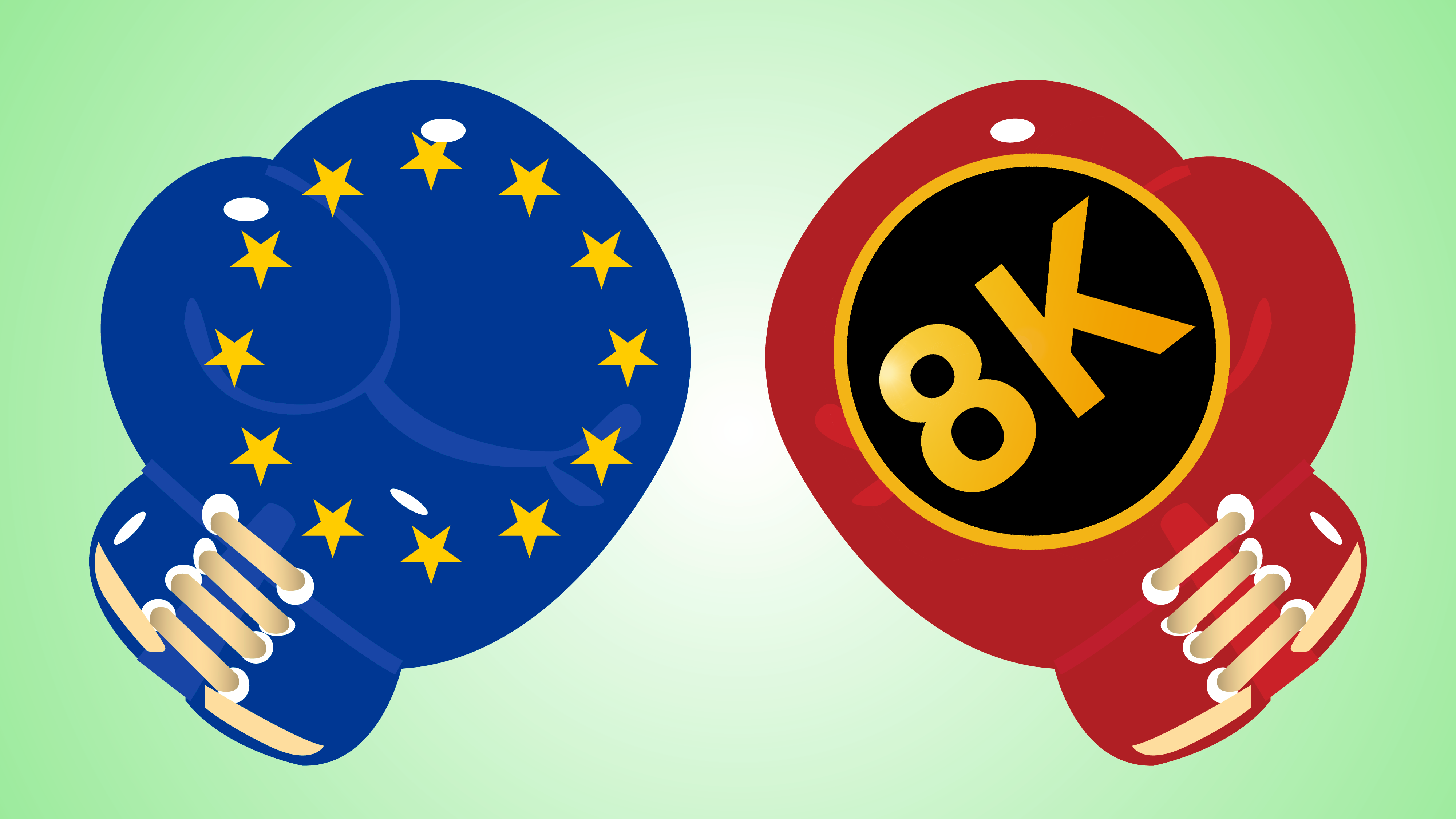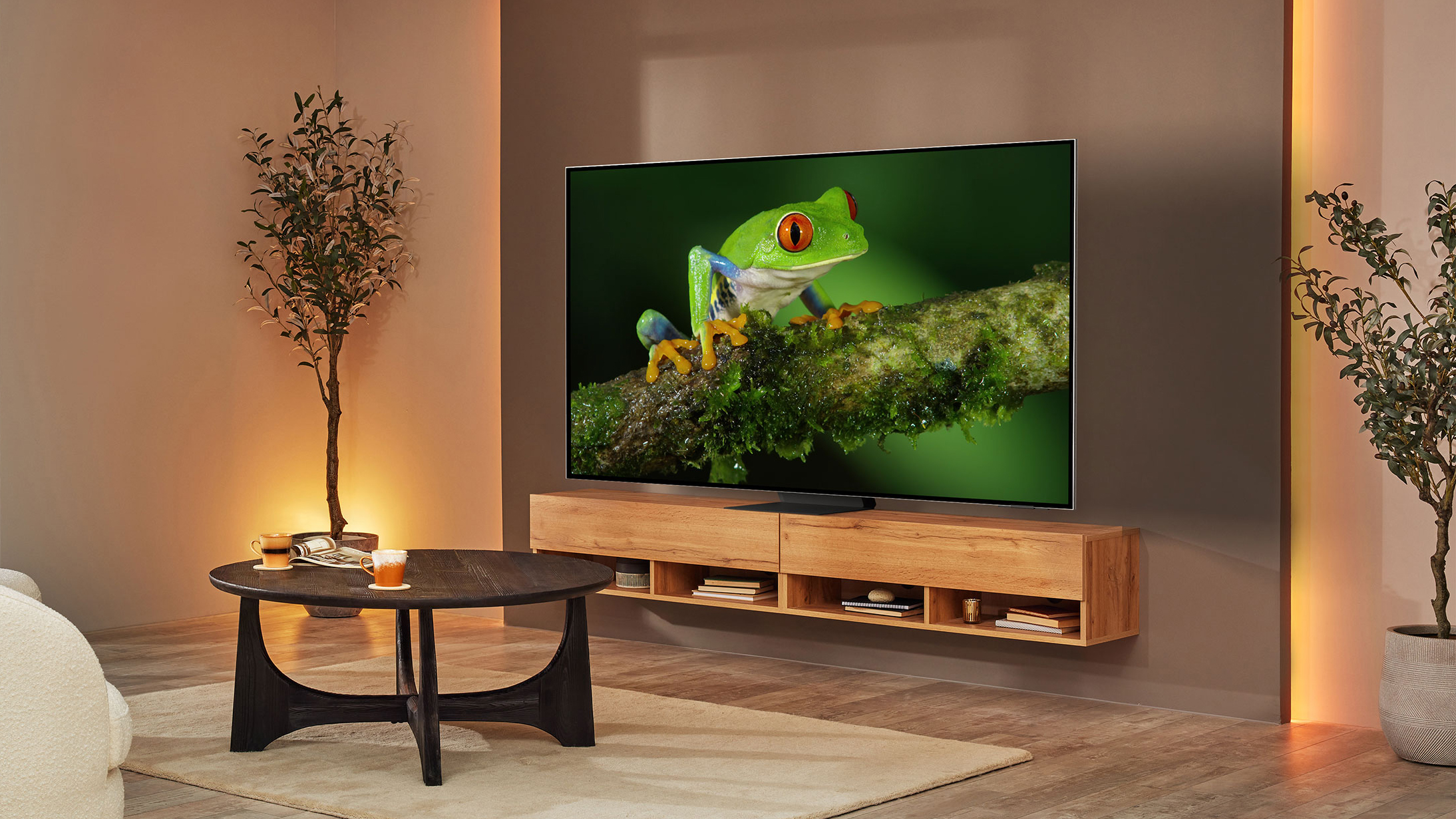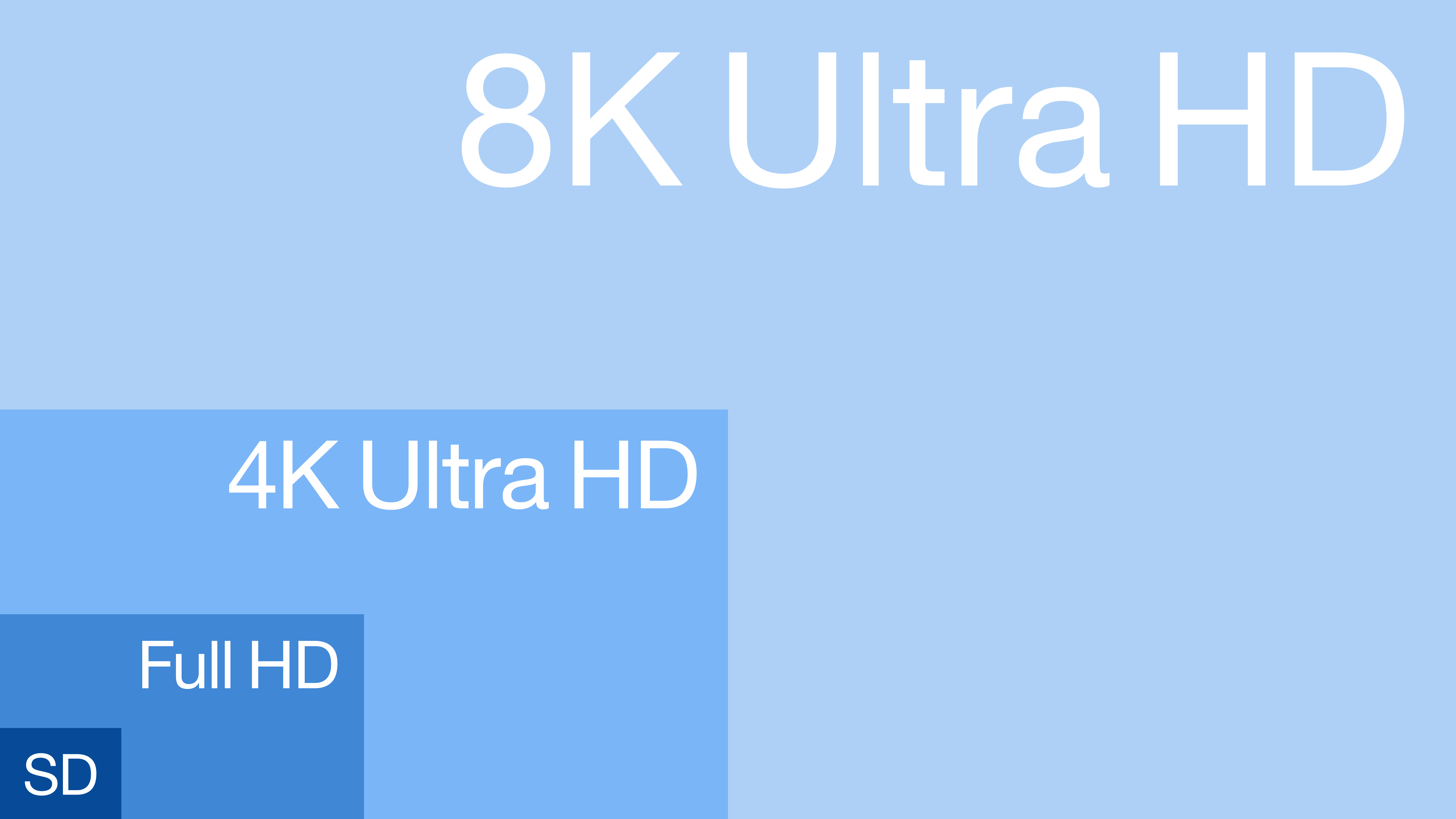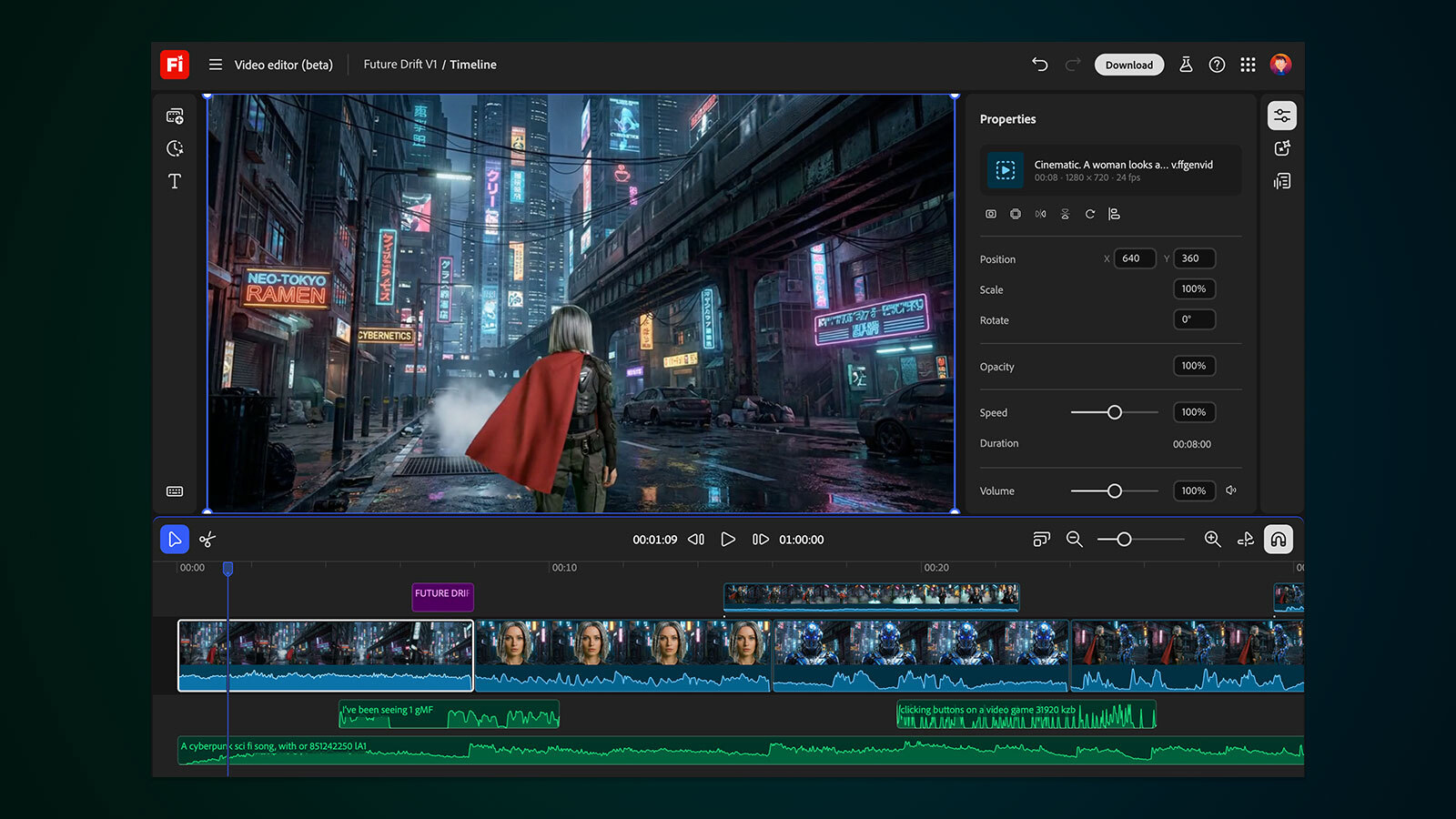New EU legislation could ban 8K TVs, but I wouldn't mourn their loss
8K televisions are pointless, and now it seems they're also bad for the environment

From March 2023 the EU is introducing new energy efficiency rules which could effectively ban the sale of the most power-hungry televisions, with 8K models being top of that list. This came as a surprise to me. Not because the EU is making such legislation - that's nothing new (as detailed below) - but because I was under the impression that modern, flat panel LCD and OLED displays were already energy efficient.
The transition from inefficient analog cathode ray tube (CRT) televisions to LCD flat panel screens heralded a new era of low-power TV viewing. But since then both screen sizes and their native resolutions have climbed ever higher, and now we have huge 8K TVs which ravage far more power than you might expect.
Take for instance a comparison between two 65-inch Samsung QLED televisions: the 4K QN90B Neo QLED, and the 8K QN700B Neo QLED. Samsung rates the 4K model with a typical power consumption of 111 watts, whereas the 8K display typically consumes 219 watts - nearly double. Step down to the 55" version of the QN90B - still 4K resolution - yet its typical power consumption drops to 84 watts. It's therefore clear - from this admittedly small sample study(!) - that the push to ever larger, more pixel-packed televisions brings with it a significant increase in power consumption.
And it's not just televisions that consume extra power when dealing with 8K content. The additional computer processing performance required to edit and export 8K footage also inevitably consumes additional power over that required to encode 4K content, though this is beyond the scope of the new EU energy efficiency rules.
This isn't the first time we've seen the EU impose power consumption restrictions on consumer appliances. Back in 2014 the EU ruled that vacuum cleaners sold in the union couldn't be fitted with motors exceeding 1600 watts. This reduced again in 2017, to 900 watts. Manufacturers - or at least one prominent producer of bagless vacuums - didn't take kindly to the legislation, and consumers apparently flocked to buy the most powerful models before they were banned, presumably for fear of losing precious suction power.
But are the efficiency rules affecting 8K TVs as significant? Here we're talking about a reduction of maybe 100 watts per appliance - a fraction of the energy savings made by restricting vacuum cleaner consumption. I think the more pertinent issue here is whether 8K content is actually necessary at all. According to some sources, you'd need to be positioned as close as 1.5 meters to an 80-inch television to really see the resolution difference of 8K over 4K, meaning that at any realistic viewing distance, an 8K TV offers no appreciable resolution benefit over a 4K display. And that's assuming you can even find any significant 8K content to actually watch in the first place.
Sure, the resolution jumps from SD, through DVD 576p, 720p, 1080p and then to 4K could each be justified by the perceptible improvement they gave in actual viewing quality. But by quadrupling resolution yet again to 8K (8K contains 4x times the number of pixels as 4K), we've now gone beyond the point where the vast majority of home consumers can actually perceive, let alone appreciate, the increase in resolution.
The best camera deals, reviews, product advice, and unmissable photography news, direct to your inbox!
8K may be great for marketing, but it's got little use in the real world, and now it seems it might even be harming the world.
Story credit: IBC
Ben is the Imaging Labs manager, responsible for all the testing on Digital Camera World and across the entire photography portfolio at Future. Whether he's in the lab testing the sharpness of new lenses, the resolution of the latest image sensors, the zoom range of monster bridge cameras or even the latest camera phones, Ben is our go-to guy for technical insight. He's also the team's man-at-arms when it comes to camera bags, filters, memory cards, and all manner of camera accessories – his lab is a bit like the Batcave of photography! With years of experience trialling and testing kit, he's a human encyclopedia of benchmarks when it comes to recommending the best buys.




